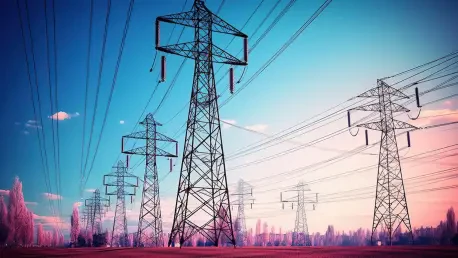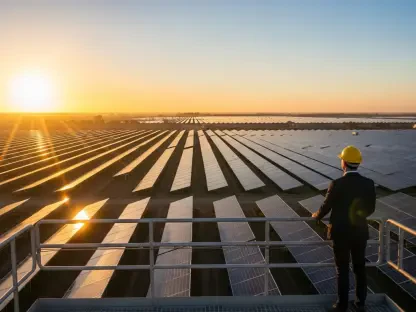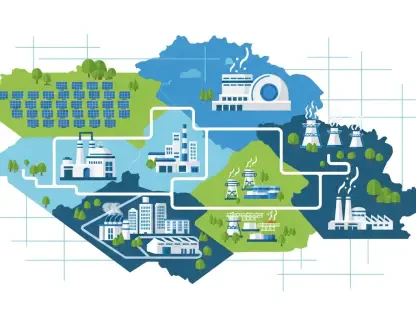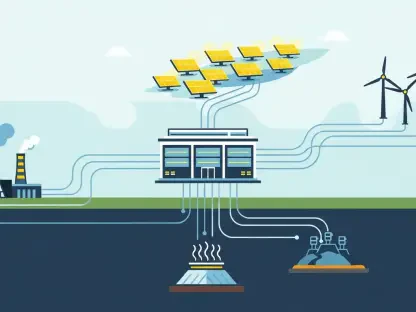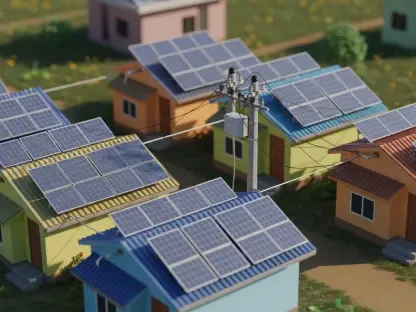On April 28, 2025, Spain and Portugal experienced a massive power outage, revealing significant challenges in grid stability that halted transport systems and left thousands stranded. This functional disruption across the Iberian Peninsula drew attention to complexities in energy management and underscored the necessity for advancements in maintaining reliable power supplies. This article addresses key questions and insights surrounding the massive blackout, examining underlying issues, possible causes, and future solutions for grid stability in the region.
What Caused the Blackout in Spain and Portugal?
The power outage exposed the fragility of voltage regulation within Spain’s energy infrastructure. A miscalculation in the energy mix by Redeia, Spain’s grid operator, was cited as a fundamental cause, resulting in an inability to manage a voltage surge effectively. This miscalculation led to a chain reaction where conventional power plants, including nuclear, coal, and gas facilities, failed to perform vital voltage stabilization roles. Such errors in grid management spotlighted inadequacies in integrating diverse energy sources to cater to fluctuating demands. Redeia refuted claims of energy mix miscalculation, attributing voltage instability to anomalies related to disconnections and unexpected spikes in energy demand from the transport sector.
Were Renewables Responsible for the Incident?
Despite speculation, renewable energy sources like solar power played a crucial role in Spain’s energy supply on the day of the blackout and were not responsible for the disruption. Redeia stressed that if conventional power plants had accomplished their functions in controlling voltage, the blackout might have been averted. Renewable energy continues to hold promise for enhancing grid resilience, yet the incident underscored the necessity of a balanced energy mix in conjunction with other power sources to maintain stability in supply.
Did Energy Exports Contribute to the Blackout?
Spain’s grid operator detected an abnormality during energy exports to France and Portugal. The oscillation prompted the implementation of standardized controls intended to stabilize the grid, inadvertently heightening voltage levels and worsening the blackout’s impact. This aspect highlighted the intricate interplay between domestic energy means and exports, prompting calls for refined procedures in international energy transactions.
What Future Measures Are Planned to Prevent Similar Incidents?
In response to this blackout, Spain’s government plans to strengthen grid resilience through improved control measures for voltage regulation. Integration with the broader European grid is on the agenda, intended to fortify connectivity and support grid stability across borders. Redeia is conducting an exhaustive investigation, and results will be evaluated by the European Network of Transmission System Operators. Key parties may face legal consequences for damages stemming from the outage, reflecting commitment toward accountability and enhancement in energy management.
Recap of Key Insights
This blackout event laid bare the imperfections in the current grid regulatory mechanisms and emphasized the importance of adaptability and precision in energy management and coordination with conventional power plants for voltage control. It showcased the need for systematic improvements in integrating renewable energy sources without compromising stability. Broad strengthening of grid operations is essential for a seamless transition toward sustainable energy infrastructure across the Iberian Peninsula.
Looking Ahead
The lessons from Spain and Portugal’s unexpected power outage shape an actionable path forward, hinging on advancements in robust energy management strategies and enhanced grid resilience. As nations across Europe strive for improved reliability in power supply, there emerges an imperative for thoughtful integration of renewable energy sources within existing infrastructure while curating methodical plans for encountering sudden surges or spikes in demand. These efforts aim to prevent future disruptions, promising renewed commitment to enduring energy stability in an increasingly connected world.
